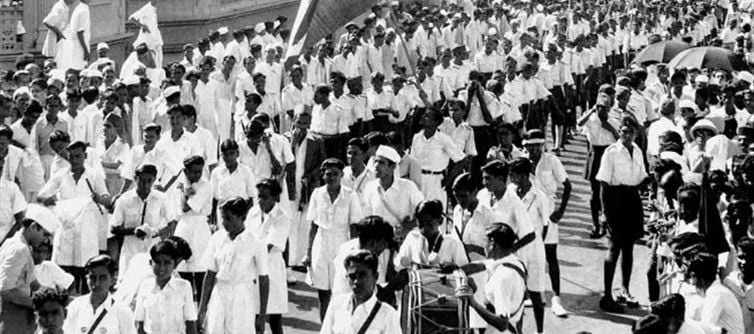
When india broke free from british rule in 1947, the nation not only reclaimed its political destiny but also expelled centuries of foreign dominance. But here’s the twist—while we often think of india as swarming with colonizers, the actual number of british in india might shock you. Let’s uncover 7 surprising facts about the british population in india during Independence.
1. The Myth of “Millions” of british Rulers
For decades, indians assumed the british population in india was massive. The reality? At Independence in 1947, the estimated british population was only about 1 million—a tiny fraction compared to India’s 350+ million citizens. The empire controlled india not through numbers, but through strategy and administration.
2. Census Data Reveals the Numbers Shrinking
The 1891 census counted around 238,409 people in india whose mother tongue was English. By the 1921 census, this dropped to 165,485. Despite ruling the subcontinent, their actual physical presence was surprisingly small.
3. The army Made Up a Big Chunk
Around 40,000 british soldiers were stationed in india at the time. They were the backbone of the Raj, enforcing control and suppressing dissent. However, most of the army still consisted of indian sepoys under british officers.
4. High Officials & Administrators Were Few
Only about 2,000 british officials held high-ranking posts in government. Yet they controlled taxation, law, trade, and policy—showing how a few thousand men dictated the lives of millions of Indians.
5. Traders and Civilians Filled the Rest
Beyond soldiers and bureaucrats, many british came as traders, businessmen, and planters. They ran tea estates, indigo farms, and shipping companies, extracting profits while living in exclusive clubs and cantonments far removed from indian society.
6. The Forgotten Community: 1 Million Anglo-Indians
The Anglo-Indian community—born of mixed british and indian heritage—numbered around 1 million by 1947. Though not considered “fully British” by colonial standards, they played a key role in railways, clerical jobs, and teaching professions.
7. They Were Counted, But Never “Indian”
India’s census, formalized from 1872 onwards, always included british residents. However, they were recorded separately as “Europeans” or “racially foreign.” Despite living in india for decades, they were never accepted as part of the land they ruled.
⚡ Final Word:
At the time of Independence, the british were fewer than most imagine—yet their control was absolute. A mere 1 million foreigners ruled over 350 million Indians, proving that it wasn’t numbers that sustained the Raj, but a system of exploitation, divide-and-rule, and loyal collaborators.




 click and follow Indiaherald WhatsApp channel
click and follow Indiaherald WhatsApp channel